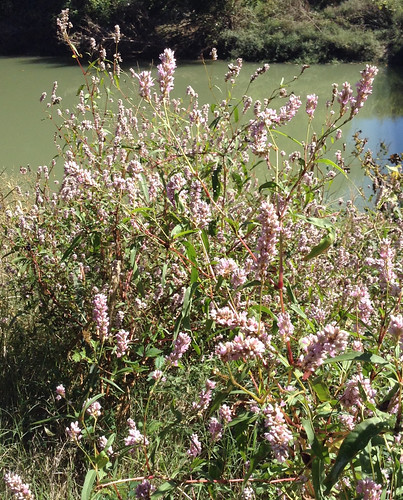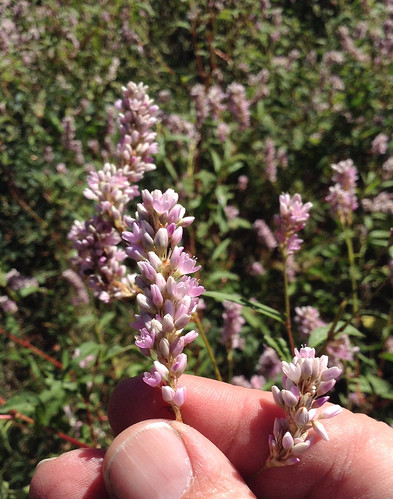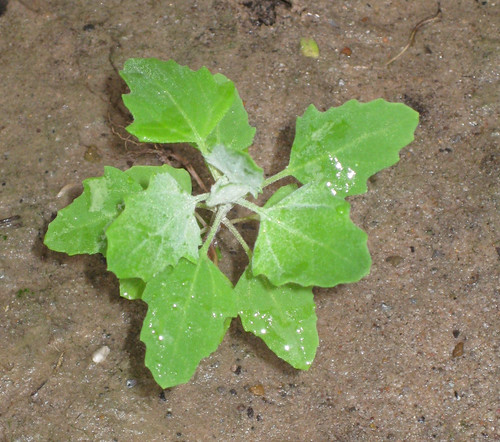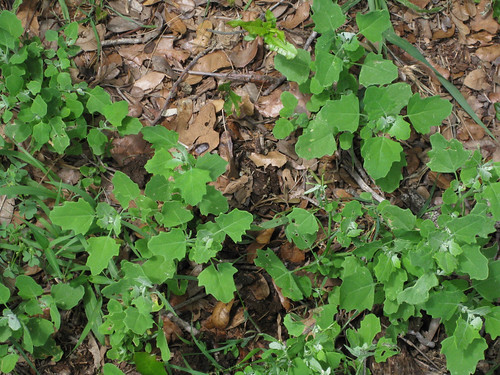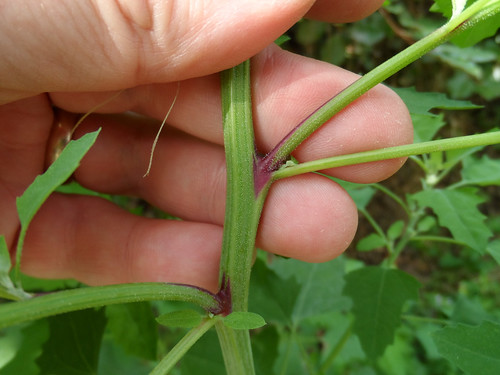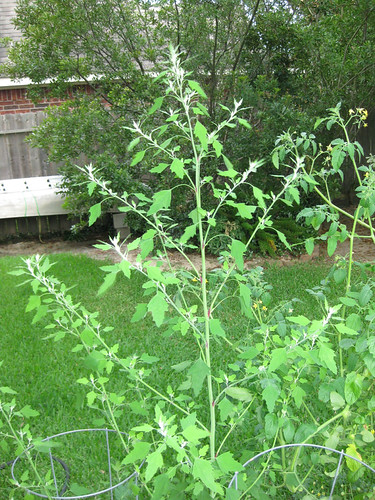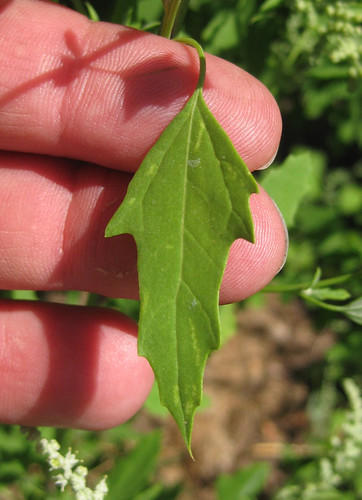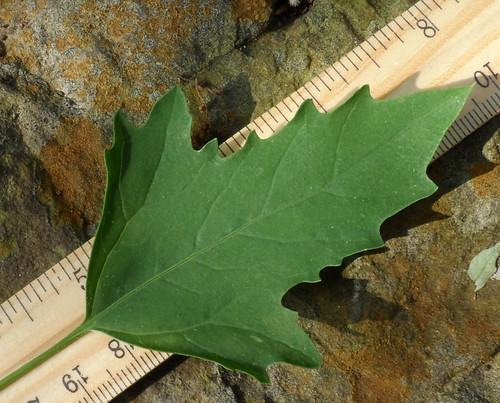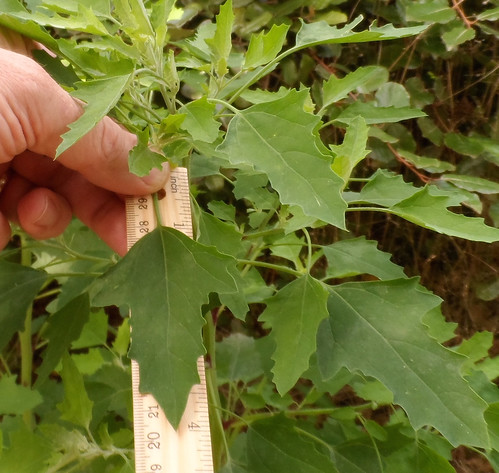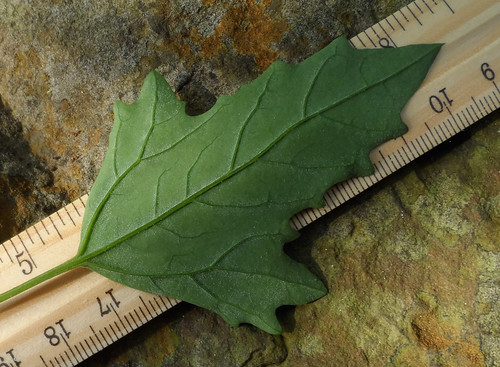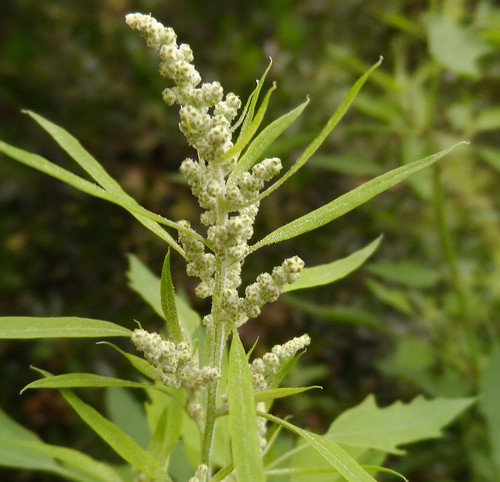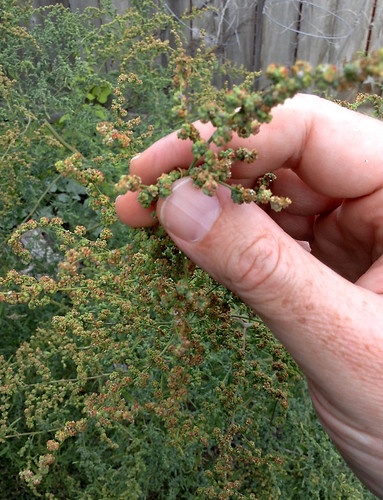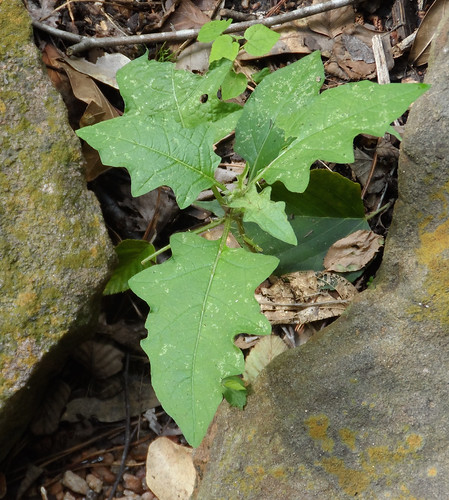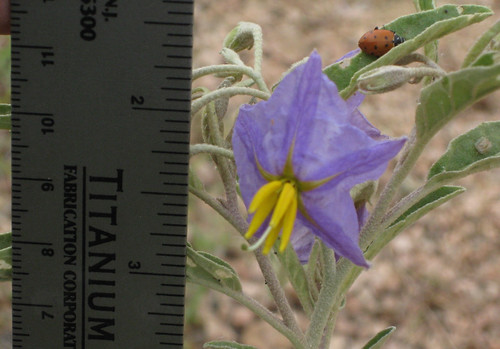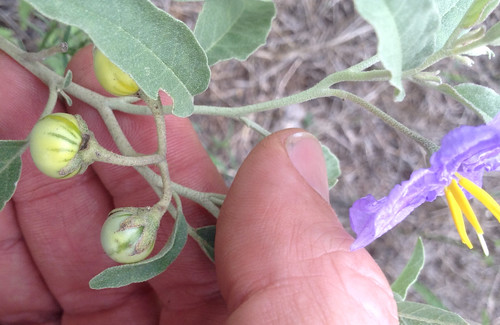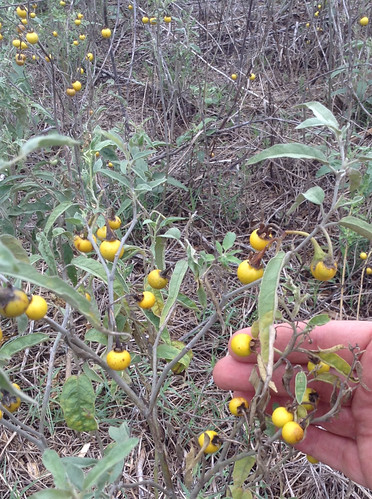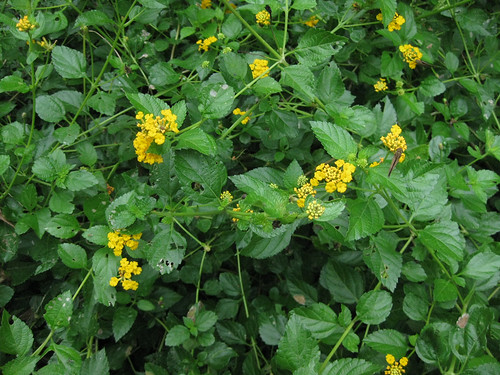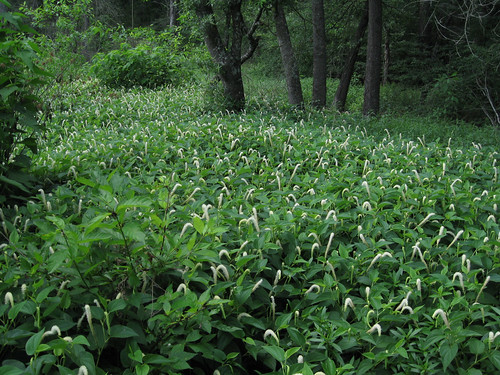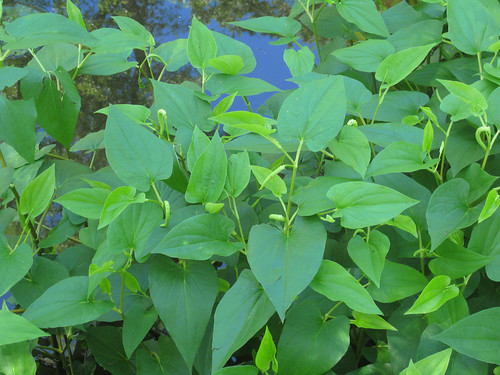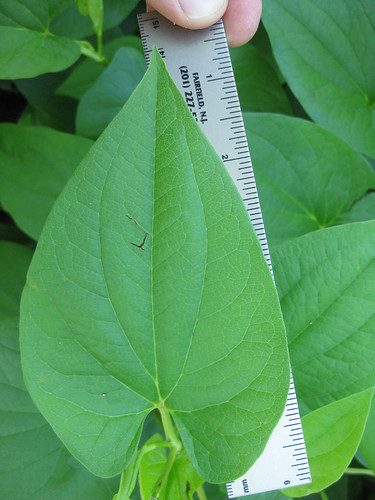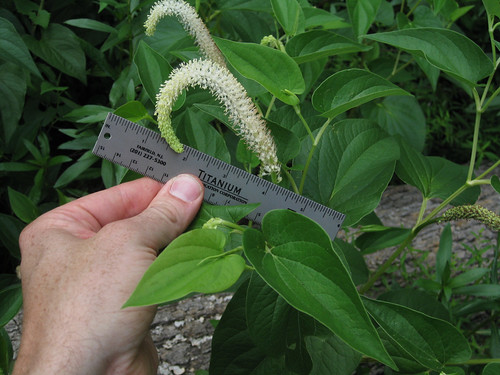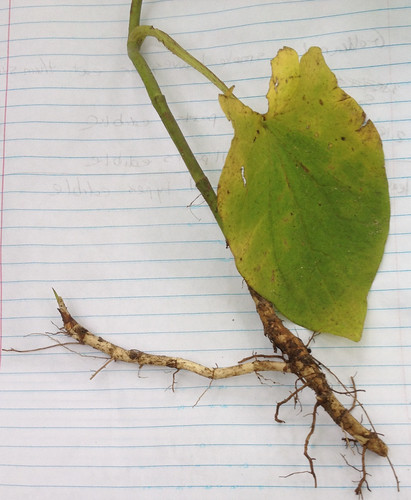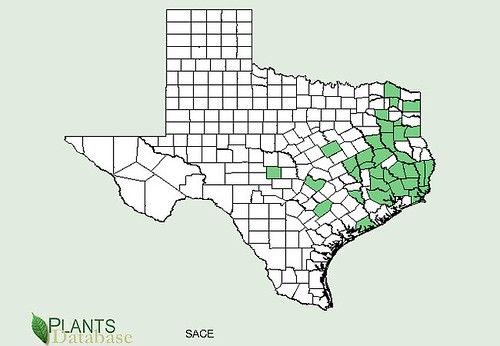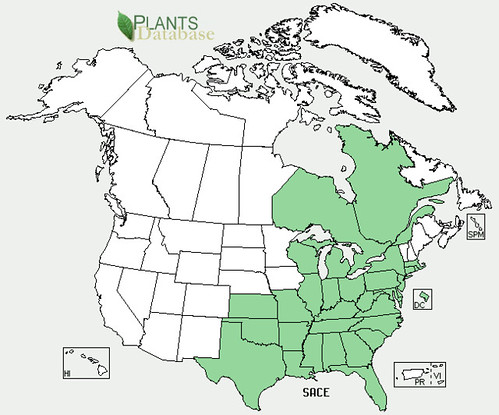Scientific name: That's a bit complicated.
Abundance: plentiful
What: entire lichen
How: boil with sodium bicarbonate (baking soda) or hardwood ashes to neutralize acid, then either eat the resulting goo or add it to any stew, soup, or bread recipe.
Where: on trees, rocks, and ground everywhere in the world.
When: any time
Nutritional Value: carbohydrates, usnic acid
Dangers: neutralize lichen acids with hardwood ash to prevent stomachache
Thallus: The body of the lichen, known as the thallus, is the most visible part. It can have various shapes and sizes, ranging from leafy to crusty or even hair-like. Colors may be gray, green, yellow, red, or orange depending on the fungi and algae/bacteria involved.
Cortex: The outer layer of the thallus is the cortex, which is composed of tightly packed fungal cells. This layer provides protection and can be transparent or pigmented.
Algal Layer: Beneath the cortex is the algal layer, where the photosynthetic partner (algae or cyanobacteria) resides. This layer is crucial for the lichen's survival, as it produces food through photosynthesis.
Medulla: Below the algal layer is the medulla, a loosely arranged layer of fungal hyphae. This layer helps in the storage of water and nutrients and provides a structure to the lichen.
Lower Cortex: Some lichens have a lower cortex that mirrors the upper cortex, offering additional protection and support.
Rhizines and Holdfasts: Many lichens have structures called rhizines or holdfasts on their lower surfaces. These structures anchor the lichen to the substrate (like rock, bark, or soil) but do not absorb nutrients like true roots.
Apothecia and Perithecia: For reproduction, lichens may have specialized structures like apothecia (disc-shaped fruiting bodies) or perithecia (flask-shaped fruiting bodies), where spores are produced.
Soredia and Isidia: Some lichens reproduce asexually through small structures called soredia or isidia. These are tiny, vegetative parts that can break off and grow into new lichens.
Oakmoss lichen (Evernia prunastri, the stringy ones) & Flavoparmelia caperata (the flatter ones) on an oak tree.

Oakmoss lichen (Evernia prunastri, the stringy ones) & Flavoparmelia caperata (the flatter ones) on an oak tree.
Generic edible lichen.
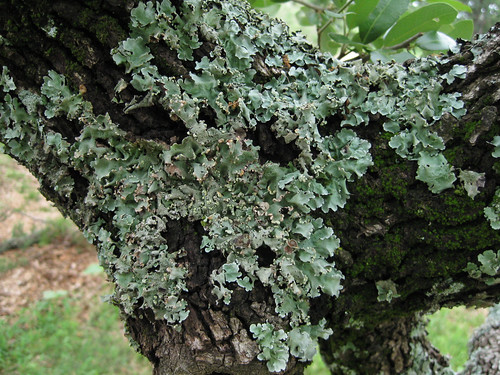
Another generic edible lichen.

And another edible lichen.
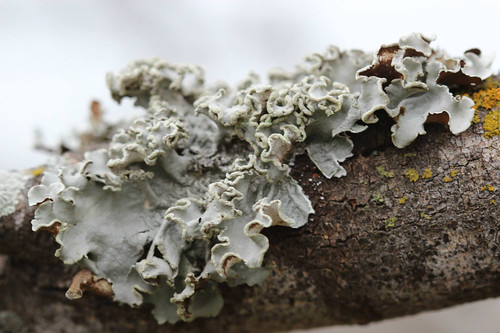
Orange/yellow colors in lichens indicate it contains usnic acid, a molecule supposedly used by the human body to convert consumed protein into muscle mass. Using acid does have antibiotic properties and is used in many topical creams, toothpastes, and other personal care products.
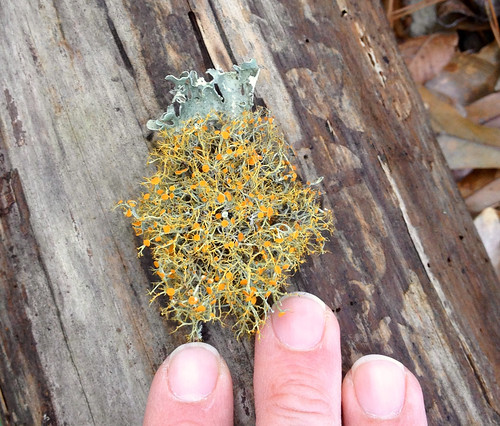
Samples of fructicose lichens.
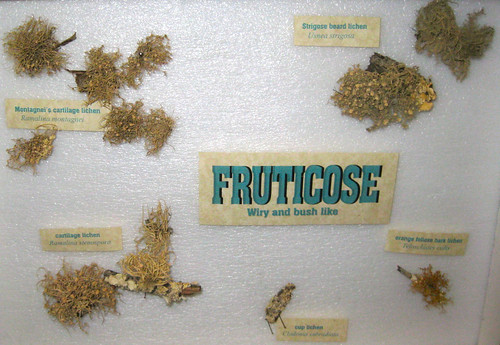
Samples of foliose lichens.
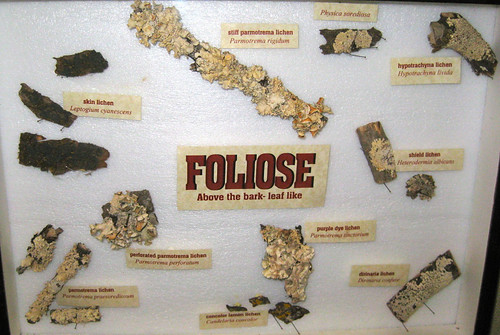
Samples of crustose lichens.

Texas distribution, attributed to U. S. Department of Agriculture. The marked counties are guidelines only. Plants may appear in other counties, especially if used in landscaping.

North American distribution, attributed to U. S. Department of Agriculture.
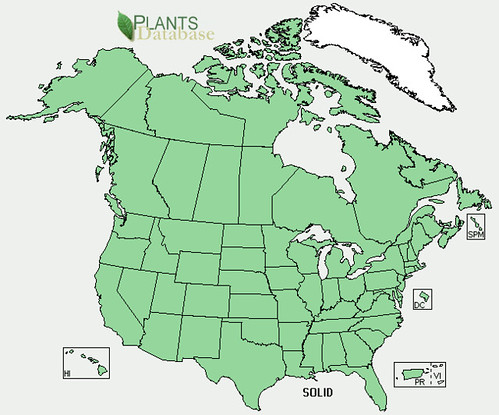
Lichens are a symbiotic organism made up of a fungus combined with an algae and are found on just about every tree and most rocks. The come in many bright colors which makes them a popular source of traditional dyes. Current naming convention is to classify it by the fungal portion. They can also be separated by their three growth types:
1. Crustose, which form crust-like sheets flat against the surface on which they are growing.
2. Foliose, which form stringy or leaf-like structures above the surface.
3. Fruticose, which form bulbous growths on top of stalks attached to the surface. These resemble tiny mushrooms.
All but two types of lichens are edible. The two poisonous ones are described in the last paragraph of this page. However, most lichen are considered starvation foods and generally aren't eaten until other more common sources of calories have been used up. The traditional method involves soaking the lichens in water with some ashes from hardwood. The hardwood ashes produce lye (sodium hydroxide) which neutralizes acidic compounds in the lichen. If you don't neutralize the acids somehow you'll end up with a bad stomachache. Use approximately 1-2 teaspoons of ashes or baking soda per two cups of chopped lichen.
Lichens contain some carbs along with some vitamin C. The flavor can (must!) be improved by adding some other fruit, leaf, or other agent to the lichen "porridge". I prefer young blackberries leaves.
Another important compound found in yellow/orange lichens is Usnic Acid. Medicinally, this chemical has been shown to have antibiotic, antiviral, and antiprotozoal activity. Usnic acid functions somewhat like aspirin with anti-inflammatory and pain relief properties. More recently, it has been sold as a weight loss/muscle mass increaser.
Of the thousands of different lichens, only two are not edible. These two toxic ones are Wolf Moss Lichen (Letharia vulpina) and the related Letharia columbiana. These lichens are found from the Yukon down along the West Coast. Wolf Moss lichen is a bright yellow, stringy lichen used to poison wolves and also make a lovely yellow dye. Letharia columbiana is bright green, stingy and found in the same geographic areas.
Buy my book! Outdoor Adventure Guides Foraging covers 70 of North America's tastiest and easy to find wild edibles shown with the same big pictures as here on the Foraging Texas website.



